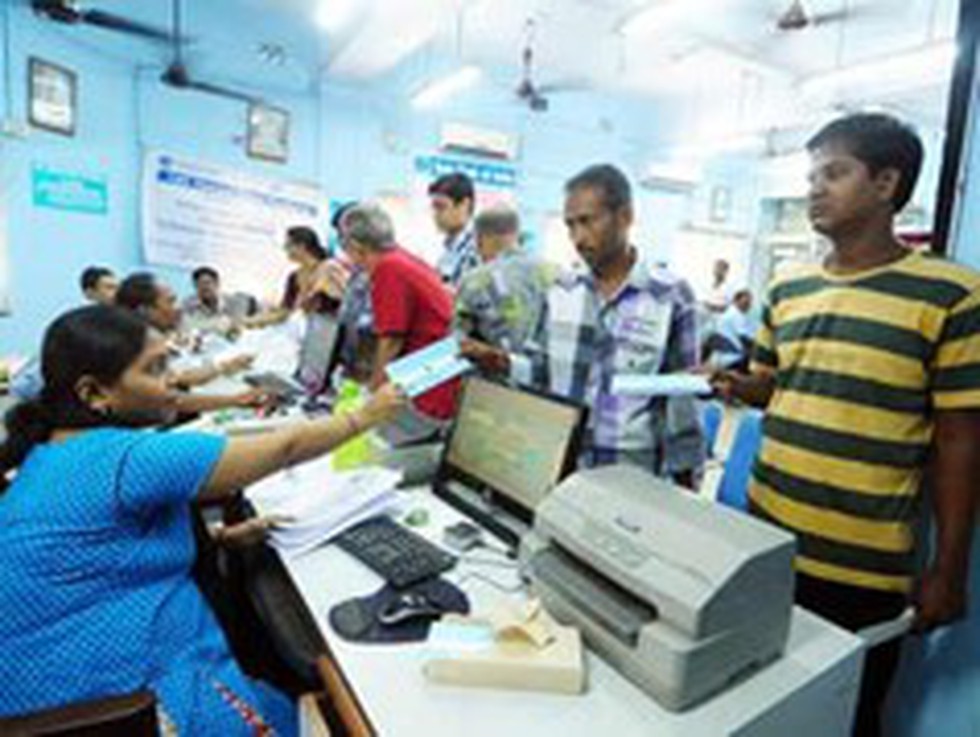About Regional Rural Banks (RRBs):
- RRBs are government-owned scheduled commercial banks of India that operate at the regional level in different states of India.
- They serve the country’s rural areas and provide them with basic banking and other financial-related services.
- Origin:
- The Narasimham Committee on Rural Credit (1975) recommended the establishment of Regional Rural Banks (RRBs).
- The establishment of RRBs finds its route in the ordinance passed on 26th September 1975 and the RRB Act 1976.
- Prathama Grameen Bank was the first RRB bank and was established on 2nd October 1975.
- Functions:
- To provide basic banking facilities to rural and semi-urban areas.
- To effect some governmental functions, such as the disbursal of wages under the MGNREGA policy.
- To provide other bank-related facilities such as locker facility, internet banking, mobile banking, debit and credit cards, etc.
- Grant credit facilities to people in rural areas, such as small farmers, artisans, small entrepreneurs, etc.
- To accept deposits from people.
- Regulation: Regional Rural Banks are regulated by RBI and supervised by the National Bank for Agriculture and Rural Development (NABARD).
- Ownership: RRBs are jointly owned by the Government of India (GOI), the Sponsor Bank and the concerned State Government with share proportions of 50%, 35% & 15%, respectively.
- Management: The Board of Directors manages these banks, overall affairs, which consists of one Chairman, three Directors as nominated by the Central Government, a maximum of two Directors as nominated by the concerned State Government, and a maximum of three Directors as nominated by the sponsor bank.
Key Facts Pradhan Mantri Mudra Yojana (PMJDY):
- It is a flagship scheme of the Ministry of Finance, Government of India, launched on 8th April 2015.
- It is a Financial Inclusion (FI) programme in the country based on three pillars - Banking the Unbanked, Securing the Unsecured and Funding the Unfunded.
- Types of loans:
- Shishu - Covering loans up to Rs 50,000;
- Kishor - Covering loans above Rs 50,000 and up to Rs 5 lakh;
- Tarun - Covering loans above Rs 5 lakh and up to Rs 10 lakh.
- Eligibility:
- Any Indian Citizen with a business plan for a non-farm sector income-generating activities such as manufacturing, processing, trading or service sector.
- They can avail from all Public Sector Banks, Regional Rural Banks and Cooperative Banks, Private Sector Banks, Foreign Banks, Micro Finance Institutions (MFI) and Non-Banking Finance Companies (NBFC) up to Rs 10 lakhs Micro Units Development & Refinance Agency Ltd. (MUDRA) loans under PMMY.
